Circa 2015 face_with_colon_three
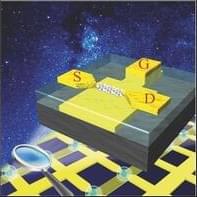


Quantum computers promise to propel computing far beyond what today’s computers are capable of, but this potential has yet to be realized. In their search for a way to demonstrate quantum supremacy, researchers working in the EU-funded PHOQUSING project are developing a hybrid computational system based on cutting-edge integrated photonics that combines classical and quantum processes.
The project’s goal is to develop a quantum sampling machine that will put Europe at the forefront of photonic quantum computing. With this goal in mind, PHOQUSING project partner QuiX Quantum in the Netherlands has created the largest quantum photonic processor compatible with quantum dots (nanometer-sized semiconductor crystals that emit light of various colors when illuminated by ultraviolet light). The processor is the central component of the quantum sampling machine, a near-term quantum computing device able to show a quantum advantage.
“Quantum sampling machines based on light are believed to be very promising for showing a quantum advantage,” reports a news item posted on the QuiX Quantum website. “The problem of drawing samples from a probability distribution, mathematically too complex for a classical computer, can be solved easily by letting light propagating [sic] through such quantum sampling machines. At the very core of quantum sampling machines there are large-scale linear optical interferometers, i.e. photonic processors.”
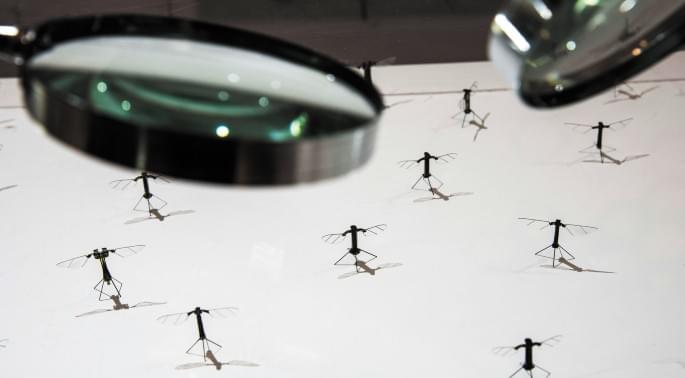
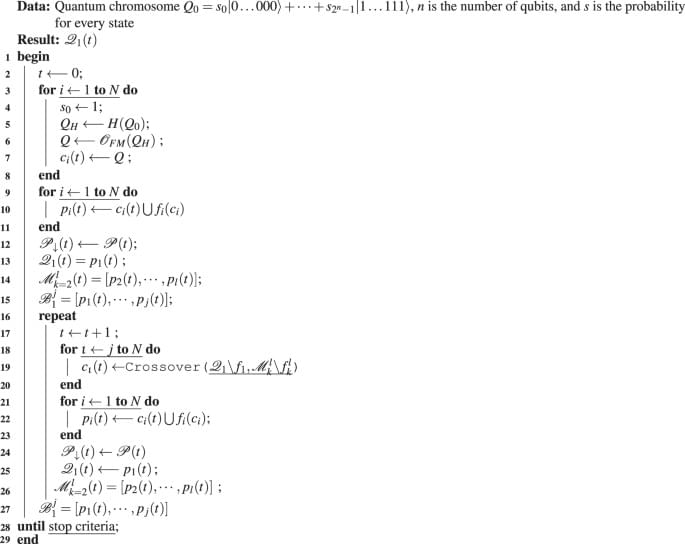
Circa 2019 face_with_colon_three Biological singularity here we come :3.
Scientific Reports volume 9, Article number: 12,181 (2019) Cite this article.
❤️ Check out Fully Connected by Weights & Biases: https://wandb.me/papers.
📝 The paper “Minerva — Solving Quantitative Reasoning Problems with Language Models” is available here:
https://arxiv.org/abs/2206.
❤️ Watch these videos in early access on our Patreon page or join us here on YouTube:
- https://www.patreon.com/TwoMinutePapers.
- https://www.youtube.com/channel/UCbfYPyITQ-7l4upoX8nvctg/join.
🙏 We would like to thank our generous Patreon supporters who make Two Minute Papers possible:
Aleksandr Mashrabov, Alex Balfanz, Alex Haro, Andrew Melnychuk, Benji Rabhan, Bryan Learn, B Shang, Christian Ahlin, Eric Martel, Geronimo Moralez, Gordon Child, Ivo Galic, Jace O’Brien, Jack Lukic, John Le, Jonas, Jonathan, Kenneth Davis, Klaus Busse, Kyle Davis, Lorin Atzberger, Lukas Biewald, Matthew Allen Fisher, Michael Albrecht, Michael Tedder, Nevin Spoljaric, Nikhil Velpanur, Owen Campbell-Moore, Owen Skarpness, Rajarshi Nigam, Ramsey Elbasheer, Steef, Taras Bobrovytsky, Ted Johnson, Thomas Krcmar, Timothy Sum Hon Mun, Torsten Reil, Tybie Fitzhugh, Ueli Gallizzi.
If you wish to appear here or pick up other perks, click here: https://www.patreon.com/TwoMinutePapers.
Thumbnail background design: Felícia Zsolnai-Fehér — http://felicia.hu.
Károly Zsolnai-Fehér’s links:

Today, Oak Ridge National Laboratory’s Frontier supercomputer was crowned fastest on the planet in the semiannual Top500 list. Frontier more than doubled the speed of the last titleholder, Japan’s Fugaku supercomputer, and is the first to officially clock speeds over a quintillion calculations a second—a milestone computing has pursued for 14 years.
That’s a big number. So before we go on, it’s worth putting into more human terms.
Imagine giving all 7.9 billion people on the planet a pencil and a list of simple arithmetic or multiplication problems. Now, ask everyone to solve one problem per second for four and half years. By marshaling the math skills of the Earth’s population for a half-decade, you’ve now solved over a quintillion problems.

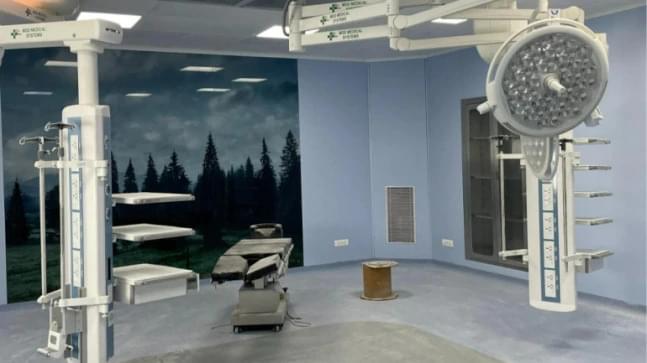
While the OPD has been thrown open to the people, work is going on war footing as PM Modi is expected to inaugurate the hospital early next month. The hospital already has 25 transport ventilators from the PM CARES fund.
Any person coming for treatment will only have to pay Rs 10 in registration charges for a lifetime and there are nominal charges for treatment.
AIIMS Bilaspur is set up with the objectives of correcting regional imbalances in the availability of affordable/reliable tertiary healthcare services and also to augment facilities for quality medical education in the country.

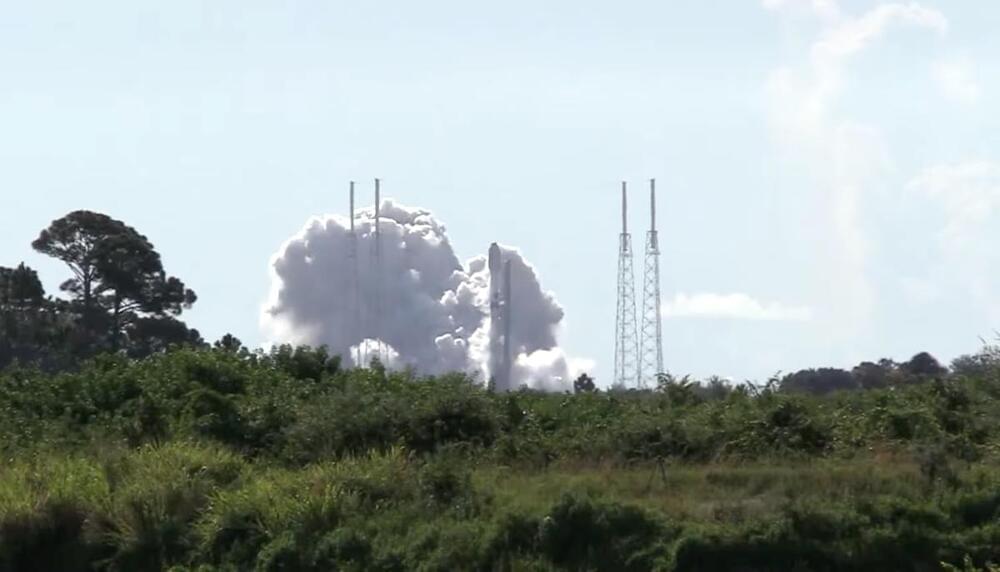
One of the larger SpaceX disasters was eight months ago, a Falcon 9 was heavily damaged in rough high seas and there was a question of whether it would fly again. It was enough of a problem that SpaceX changed their landings to the Caribbean instead of the Atlantic Ocean during the winter to avoid high seas. (This reduced the amount of payload the rocket could support.)
Well, the rocket is going to fly again tomorrow as the 4th flight in a streak of at least 7 consecutive Starlink launches. SpaceX is launching faster and faster as their need for Starlink launches grows. They are hiring more technicians so they can launch faster from their 3 Falcon 9 launch towers.
SpaceX rolled a Falcon 9 rocket to its launch pad at Cape Canaveral and test-fired its engines Thursday, prepping for liftoff Saturday night carrying another group of Starlink internet satellites into orbit. The Falcon 9 booster has been repaired after a rough recovery in December knocked it out of SpaceX’s rocket reuse rotation.
The 229-foot-tall (70-meter) rocket fired up its nine Merlin 1D engines at 9:10 a.m. EDT (1310 GMT) Thursday on Space Launch Complex 40 at Cape Canaveral Space Force Station. The engines ignited for about seven seconds, ramping up to 1.7 million pounds of thrust as hold-down restraints kept the Falcon 9 firmly on the ground.
SpaceX loaded a million pounds of densified kerosene and liquid oxygen propellants into the Falcon 9 during the final 35 minutes of the mock countdown Thursday. The Falcon 9 was already stacked with its payload of more than 50 Starlink internet satellites during the static fire test.